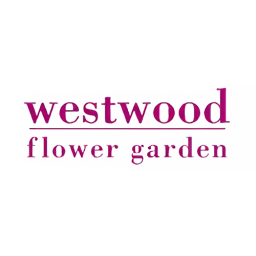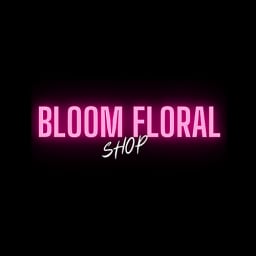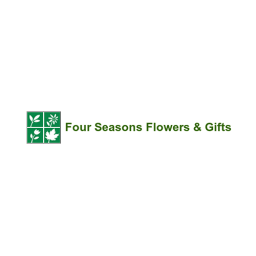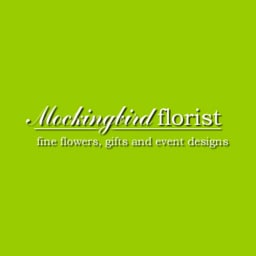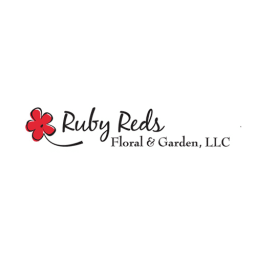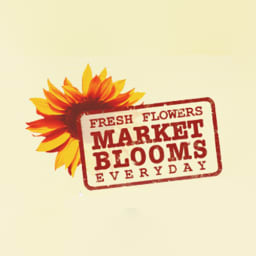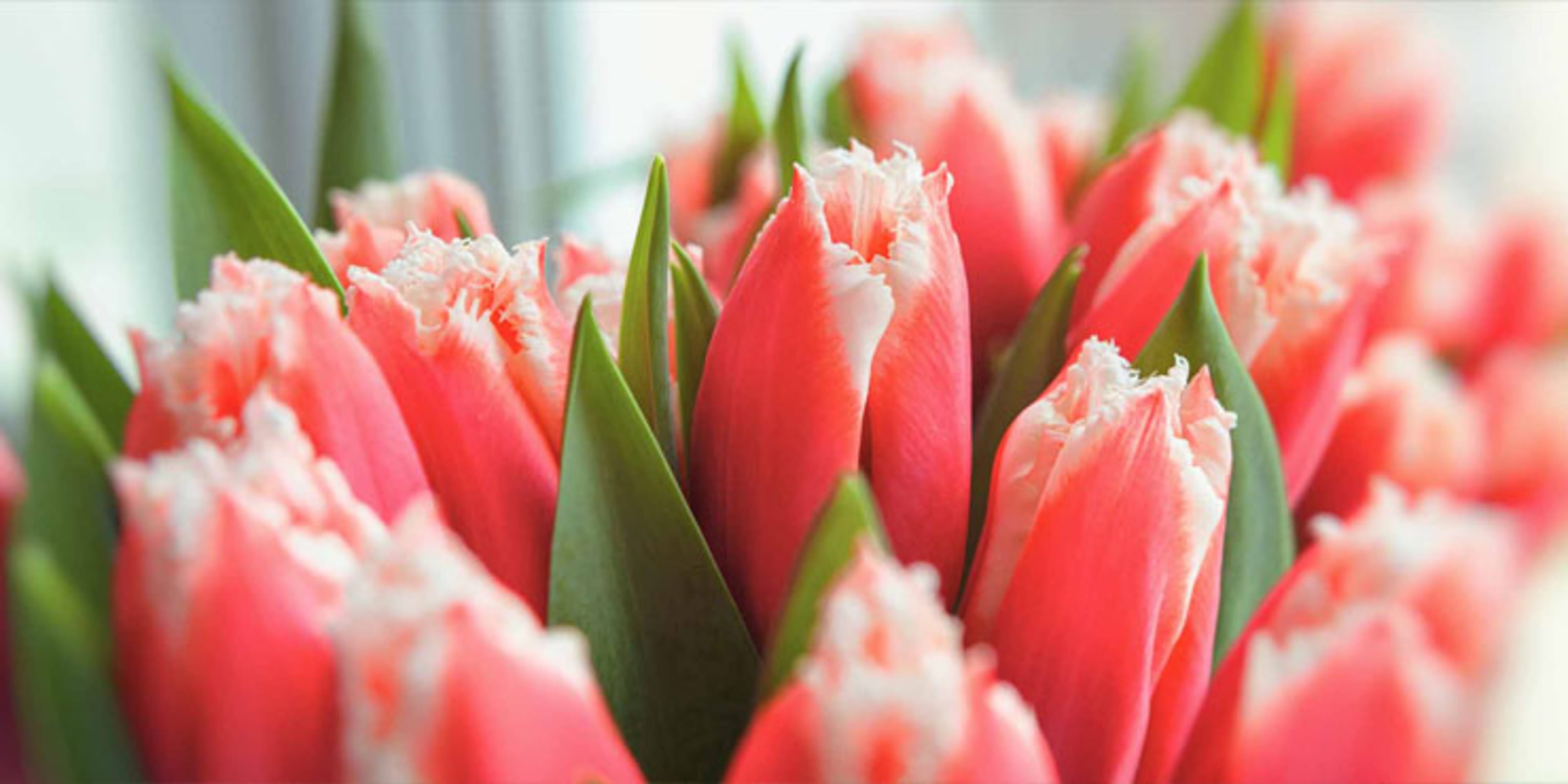
2024

Best Florists
Find a Top-Ranked Florist Near You
We did the research for you!
- Licensing
- User Reviews
- Mystery Shopping Calls
Learn about our selection process.
Top Florists
= Featured Provider
Los Angeles, CA
Pink Clover Flowers
7471 Melrose Ave, Los Angeles, CA 90046Westwood Flower Garden
West Los Angeles, CA 90024Boulevard Florist Wholesale Market
Lawndale, CA 90260
Chicago, IL
Bloom Floral Shop- Chicago
6001 West Belmont Avenue, Chicago, IL 60634Fab Flora
Chicago, IL 60647Phillip's Flowers & Gifts
Chicago, IL 60612
Phoenix, AZ
God's Garden Treasures
Tempe, AZ 85282Four Seasons Flowers & Gifts
Glendale, AZ 85304Cactus Flower
Scottsdale, AZ 85254
Dallas, TX
Lane Florist
Dallas, TX 75205Mockingbird Florist
Dallas, TX 75206Petals and Stems
Dallas, TX 75240
San Diego, CA
Precious Petals Flowers
San Diego, CA 92108Nostalgia D Glorious Flowers
San Diego, CA 92101The Little Flower Llc
San Diego, CA 92115
Detroit, MI
M. Dawn Floral Design, LLC
1191 Chicago Rd, Troy, MI 48083Chris Engel's Greenhouse
Detroit, MI 48209Conner Park Florist
Detroit, MI 48080
Jacksonville, FL
Ruby Reds Floral & Garden
Jacksonville, FL 32207Terry's Florals
Jacksonville, FL 32210St. Johns Flower Market
Jacksonville, FL 32205
Austin, TX
Austin Flower Co.
Austin, TX 78703Texas Blooms & Gifts
Austin, TX 78751ParkCrest Floral Design
Austin, TX 78731
Columbus, OH
Connells Maple Lee Flowers & Gifts
Bexley, OH 43209Market Blooms
Columbus, OH 43215Rees Flowers & Fine Gifts
Gahanna, OH 43230
Charlotte, NC
Bella Grace Floral
Cornelius, NC 28031HB Florist
Charlotte, NC 28208Gallery of Flowers
Charlotte, NC 28262



